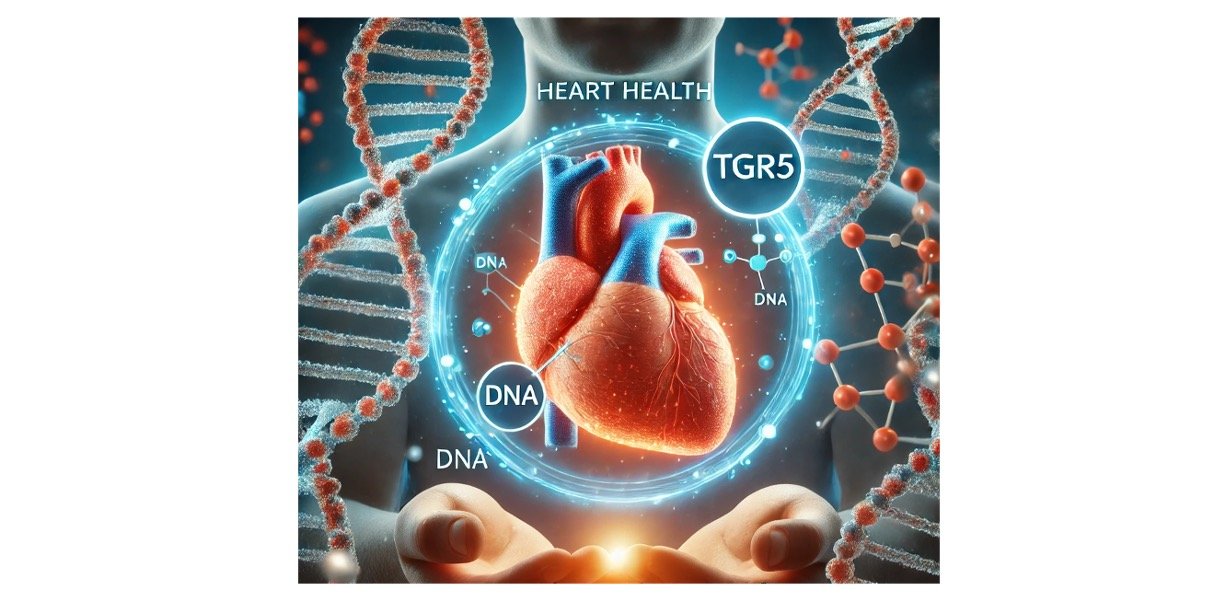What is Rutherford Model?
Greek philosopher Democritus was concerned to know that how a piece of matter can be cut into so many smaller pieces. He also believed that it could reach a point where it wouldn’t be able to be cut further into smaller pieces. These smallest pieces of matter are named as Atomos. It was an incident in about 450 B.C. However, this idea was not further discussed for more than 2000 years.
Then, British Chemist named John Dalton restored the idea of atom in 1800 and provided suggestion for atoms. After the discovery of atom, many atomic models were projected by scientists to define the atomic structure and discovery of subatomic particles such as electron, proton, and neutron.
Then, around 1911, a great physicist, Rutherford discovered the nucleus and proposed Rutherford’s Atomic Model. Rutherford upturned Thomson’s model in 1911 with his the most famous experiment which came to known as gold foil experiment in which he discussed that the atom has a tiny and heavy nucleus which is present in the centre of an atom.
Rutherford proposed an experiment to use the alpha particles which are emitted by a radioactive element. He projected that if Thomson model of atom was correct, then the beam of alpha particles would go straight through the gold foil. It was then noted that most of the beams went straight through the foil, but a few of them were deflected. Rutherford thus presented his physical model for subatomic structure of particles, as a description for the amazing experimental results.
He stated that the atom comprises of a central charge, this is at present termed as atomic nucleus, though Rutherford himself did not use the term nucleus in his research paper and this nucleus is surrounded by a cloud of circling electrons.
Features of Rutherford Model
The main points of Atomic Nuclear Model proposed by Rutherford is given below;
• Most of the atom has empty spaces within it as most of the alpha particles go straight through gold foil.
• Most of the mass that was present inside the atom was focused in a small area in the Centre, which is named as the nucleus.
• The electrons rotate around the nucleus in their fixed paths termed as orbits.
• The size of the nucleus is very small as compared to the size of an atom. According to calculation of Rutherford. He stated that the size of the nucleus is 105 times smaller than an atom.
• There is also a very strong electrostatic force of attraction present between the positive and negative charges of an atom which makes the atom stable.
Drawbacks of Rutherford Model
The model of the atom projected by Rutherford is still known as the classical model and was very much acknowledged at that time, though, later, it was proved that there were certain facets that this model was not able to explain.
Therefore, the certain drawbacks of Rutherford’s model of an atom is given below, and it was felt that some findings still need to be done in the field of atomic structure. Drawbacks of Rutherford model of atom:
1. According to Maxwell, electrons should release electromagnetic radiations because an accelerated charged particle has the tendency to release electromagnetic radiation. Rutherford also stated that the electrons revolve around the nucleus in their fixed paths named as orbits. But due to the presence kinetic motion of the electrons, the radiations further cause the shrinking of the electrons. Hence, electron should fall in nucleus of an atom in less than 10 seconds because electrons will keep on losing energy. Consequently, Rutherford’s model was unable to explain Maxwell’s theory.
2. If electrons would fall in nucleus this should make the atom very unstable, but it is shown that atoms are very stable particles.
3. Rutherford further explained the revolving of electrons around the nucleus of atoms in fixed paths or orbits, though, he was unable to explain how the electrons were placed inside the atom, thus results in making the model an incomplete model of the atom.
4. The Rutherford model of atom also helped to concentrate a great deal of charge on atom and mass of atom to a very small space, but was unable to feature any structure to the remaining electrons and atomic mass of atom. It did give reference to the atomic model of Hantaro Nagaoka, in which the electrons are commonly arranged in more than one rings, with the definite symbolic structure as of the stable rings of Saturn.
Rutherford Model Citations
Share












